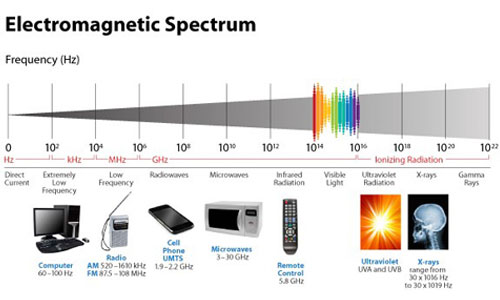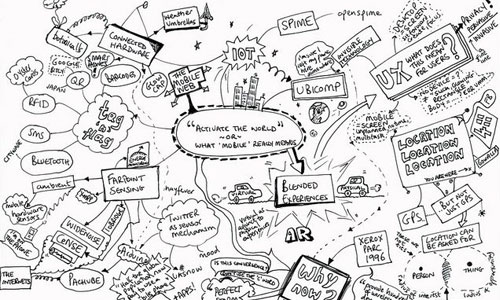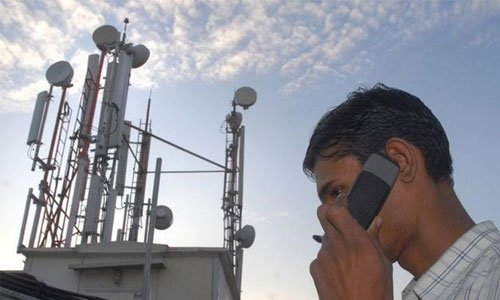A robust auction process was designed to meet the exploding demand for spectrum and its associated monetization driven by wireless access demand drive. Basic spectrum management models – command-and-control, property rights, and commons were incorporated into the model, as well as consideration of the impact of spread spectrum.



